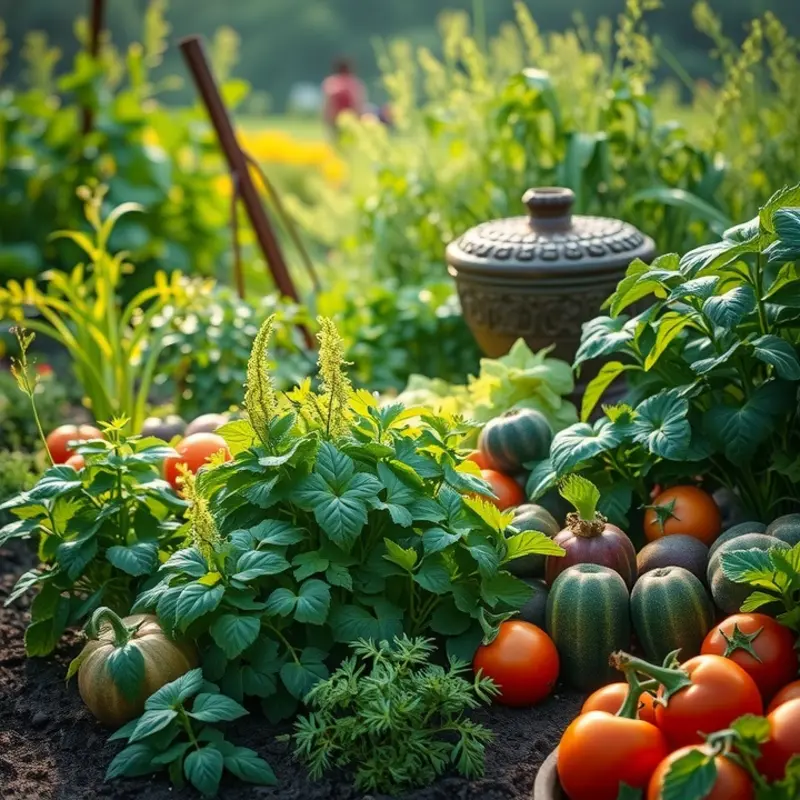Understanding the differences between broth and stock can significantly enhance your cooking. Both serve as foundational liquids in many recipes, but their purposes, flavors, and methods of preparation vary. By mastering these distinctions, even novice cooks can elevate their dishes with richer flavors, healthier options, and greater versatility in the kitchen. Let’s dive into the essentials of broth and stock so you can make informed choices that will transform your home cooking experience.
Understanding Broth: Definition and Uses

Broth is a staple in many cuisines, distinguished by its light, flavorful profile. Unlike stock, which primarily relies on bones, broth is typically made by simmering meat and sometimes bones, along with vegetables and herbs. This process extracts the essence of the ingredients, resulting in a versatile liquid. Broth’s primary appeal is its depth of flavor, making it ideal for soups or as a base for lighter sauces.
Selecting the right meat is crucial for a rich and tasty broth. Opt for meat with high flavor profiles, such as chicken thighs or beef chuck. These cuts often contain some collagen, which enhances the broth’s texture without the prolonged cooking required for stock. Fresh herbs like thyme or parsley can elevate the taste, providing aromatic undertones.
When crafting broth, it’s important to control the cooking time. Unlike stock, broth benefits from a shorter simmering period. Generally, one to two hours is sufficient to draw out flavors without over-extraction, which can result in a cloudy and overly intense liquid. Skimming off foam during simmering ensures clarity.
Here’s a simple recipe to guide home cooks in making their own broth. Start by gathering ingredients: two pounds of chicken or beef, chopped carrots and celery, a quartered onion, several smashed garlic cloves, and fresh herbs such as thyme or parsley. Place these in a large pot, add ten cups of water, and bring to a boil. Reduce the heat to a simmer, allowing the mixture to cook gently.
As the broth simmers, periodically skim off any foam that rises to the surface. This helps maintain the broth’s clarity and purity of flavor. After one to two hours, strain the liquid, discarding the solids. The resulting broth can be seasoned with salt and pepper to taste. Once prepared, this broth can be used as a base for soups or risottos, offering a nutritious and flavorful boost.
For those interested in enhancing their broth-making skills, exploring different flavor boosters can be beneficial. One resource that might be of interest is a guide on enhancing flavors without added salt, which can be found here. This guide provides insightful tips on how to intensify broth flavors naturally.
Using broth as a foundational element in cooking opens up many possibilities. Whether consumed on its own or as a component of a larger dish, it serves as a reminder of the power of simple ingredients to create depth and comfort in cooking.
Crafting Stock: The Backbone of Rich Flavors

Stock is the unsung hero of the culinary world, a foundation that infuses depth into a variety of dishes. Unlike broth, which is often light and quick to prepare, stock is primarily made from bones simmered for hours, releasing the essential collagen that gives it its rich body. This chapter explores the essence of crafting stock, a process that turns leftover bones into liquid gold.
When embarking on the journey of making stock, the choice of bones is paramount. Whether opting for beef, chicken, or a mix, each brings a distinct nuance to the stock. The slow cooking process releases gelatin from the bones, creating a luscious texture that enhances any dish it meets—from the heartiest stews to the smoothest sauces.
As the stock simmers, add a medley of aromatic vegetables. Carrots, celery, and onions provide a classic foundation. Garlic, bay leaves, and thyme add layers of flavor that complement the meaty richness. Season with salt and pepper to taste, but do so judiciously—it’s easy to add more seasoning later in the cooking process.
The magic of stock lies in its transformation over time. As it simmers for four to eight hours, it develops a complexity and depth that a quick broth cannot match. Skimming off impurities that rise to the surface ensures a clear, clean result. Strain the solids to unlock the pure, concentrated flavors nestled within.
Refrigerate the cooled stock, allowing the fat to solidify on the surface. This layer can be easily removed, yielding a stock that’s ready to enhance a wide range of dishes. Its versatility is unmatched, lending itself to everything from risottos to gravies, where its body and flavor depth can truly shine.
Creating stock is also a sustainable practice, a mindful way to reduce kitchen waste by utilizing bones and vegetable scraps that might otherwise be discarded. This practical approach not only enriches your culinary endeavors but also supports eco-smart kitchen storage, promoting an environmentally conscious cooking mindset.
Incorporating homemade stock into your cooking repertoire elevates the ordinary to the extraordinary. Next time you roast a chicken or finish a beef dinner, remember to reserve those bones. The stock pot awaits, ready to transform them into the backbone of your most flavorful creations.
Final words
Mastering the distinction between broth and stock is a vital skill that enhances your cooking by providing you with the foundation needed for countless dishes. Broth is your lighter, more delicate option, ideal for soups and sipping, while stock offers a robust base perfect for sauces and hearty meals. Both can be easily made at home from basic ingredients and are an excellent way to reduce food waste. As you experiment with these fundamentals in your kitchen, you will find that your meals not only taste better but are also more nourishing. So go ahead, roll up your sleeves, and enjoy the process of making broth and stock to elevate your home cooking game!







